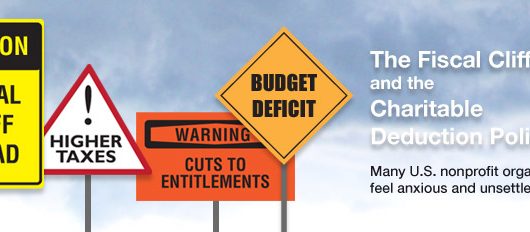As November, National Adoption Month, draws to a close, it seems appropriate to contemplate the challenges faced by the hundreds of thousands of children in foster care in the United States, the United Kingdom, Canada, and Mexico, where orphanages play the role of foster care providers. For the most part, children who land in the out-of-home care system are placed there for a number of disturbing reasons—neglect; physical, emotional, or sexual abuse; the inability of parents to care for them due to financial distress, drug addictions, incarceration, illness, or otherwise—that deeply damage their psychological, emotional, and physical well-being.
When they reach the age of 18, often after having bounced among homes and shelters, they are released from the system onto the street where they must fend for themselves despite being under-equipped to live safe and healthy independent lives. The prospects for their future are dim at best. In the U.S. alone, nearly half of all foster children become homeless within six months of aging out of the system. Thus ensues a chain of circumstances in which these young adults live a harsh existence that can include poverty, joblessness, depression, suicide, eating disorders, a truncated education, post-traumatic stress disorder, crime, drugs, unplanned pregnancy, malnutrition, HIV, AIDS and other sexually diseases, and prostitution, among others. The risks merely complicate an existing state of loss, rejection, and fear.
Even tougher, however, is the plight of children who come out of the closet while in the foster care system—or who are disowned and kicked out by their families upon announcing that they are gay or bisexual or questioning their sexuality. “Foster Care’s Invisible Youth,” which was produced by In the Life Media and premiered on PBS this month, illuminated the hardships of this misunderstood and disregarded population which often winds up on the streets. There they live a life of stressful hyper-vigilance, scoping out safe subway tunnels and parks in which to sleep, stores where security is lax enough to allow for the theft of food, clothing, and personal hygiene supplies, libraries with computers, electricity, and printers, and public restrooms suitable for a shower-in-a-sink. And, often, earning money through unsafe sex with strangers.
What’s the solution? Education, awareness, and policy changes from the top down say the experts, many of whom advocate for greater inclusion of the LGBT community in adoption and foster care recruitment efforts. Today six states maintain nondiscrimination policies that encourage adoption by LGBT people, while in several other states LGBT people are banned from taking children into their homes. It doesn’t help that the fiscal crisis has prompted cuts to the very agencies that could help them.

